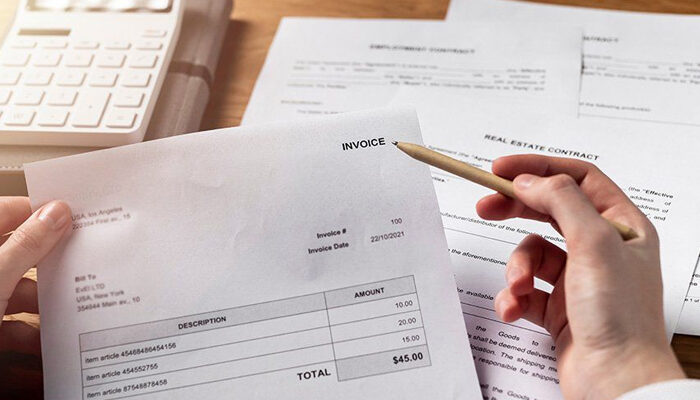Newstricky| Did you know that 20% of businesses fail within their first two years of operating? And the best way to avoid closure is to ensure you have a consistent flow of profit.
If you want your business to survive then organizing your income should be your priority. Start by creating an efficient payment system.
Read on to discover how to write an invoice that will keep your business running smoothly.
Table of Contents
A Clear Header
When creating an invoice template, the first and most important element is that the form is clearly labeled. You want your clients to immediately know they received a bill. That is why the best invoice template will be designed with a large and noticeable header.
Invoice Number
Next on your invoice checklist is a tracking number. This is a unique digit that helps you organize your payments by avoiding duplicate invoices and creating a sequential ordering system for filing purposes.
Company Information
One of the most important invoice elements to include is your company’s information. Clients should know who they are paying and offer ways to contact you with questions. Therefore, add the name, address, phone, and email of your company at the top of each form.
Description of Product or Services Provided
You do not want to confuse your customers by listing vague items on their invoices. Instead, describe which services and products they are paying for so that there are no discrepancies.
Relevant Dates
Include a purchase or service date next to each item so it can be officially recorded as a receipt. This will help with any returns or refunds according to your policy.
Enter your contact details and your company
Next, you need to add your company name (or your personal name) and all relevant contact details, such as address and phone number, at the top of the document, so that recipients always know exactly who sent the invoice.
It’s also a good idea to do the same for the company you’re sending the invoice to, so they know it’s for them.
Itemized and Total Price/Owned Amount
Invoice items should be listed with individual prices. Do not just list the total as this will be confusing for your accounting department and your client. The total should be at the bottom and clearly state how much should be paid after items are added and tax or other services are included.
Due Dates and Payment Options
When writing an invoice, be sure to include a due date for payment. If a due date is not stated on the invoice then the customer will take their time paying and may even forget to pay.
Also, make it easy for clients to make a payment by listing your available payment methods at the bottom of the invoice.
Policies and Fine Print
The last item on your invoice should be the fine print, including your policies regarding payment and refunds. Add any disclaimers or warranty information to be clear about your agreed-upon terms for your products or services.
You may also include personal notes or a thank you for your business message at the bottom.
Write an Invoice That is Professional
When you write an invoice that is professional you leave a good impression on your clients. This makes them return customers as they see organization and clarity in your work.
Keep browsing our Business section for more tips on how to make your company succeed.
Breakdown of services by item
This is the part of the invoice that lists the products and/or services provided, their prices and other important details. To avoid confusion all Items should be described as clearly as possible to avoid confusion. It is usually presented in the form of a table divided into several columns, with one line for each separate service:
Services – the product and the serive you performed to your client. cv If relevant also includes the type of service/product, its name and/or model number, colour, size, etc. – whichever data is relevant for you to track for inventory purposes.
Terms of payment
In addition to the time required for payment, you may also want to specify whether you charge a late payment fee for invoices paid after the due date. this strategy is used by some freelancers to enforce getting paid on time. 20 percent is the late fee of the invoice fee.
If you decide to use a late fee, we recommend that you remind the client at least once or twice that the invoice is late and give him a chance to pay it without a fee.
Of course, it’s important that you get paid, but you also want to maintain the customer relationship, with the goal of being invited to work with the customer again in the future.




